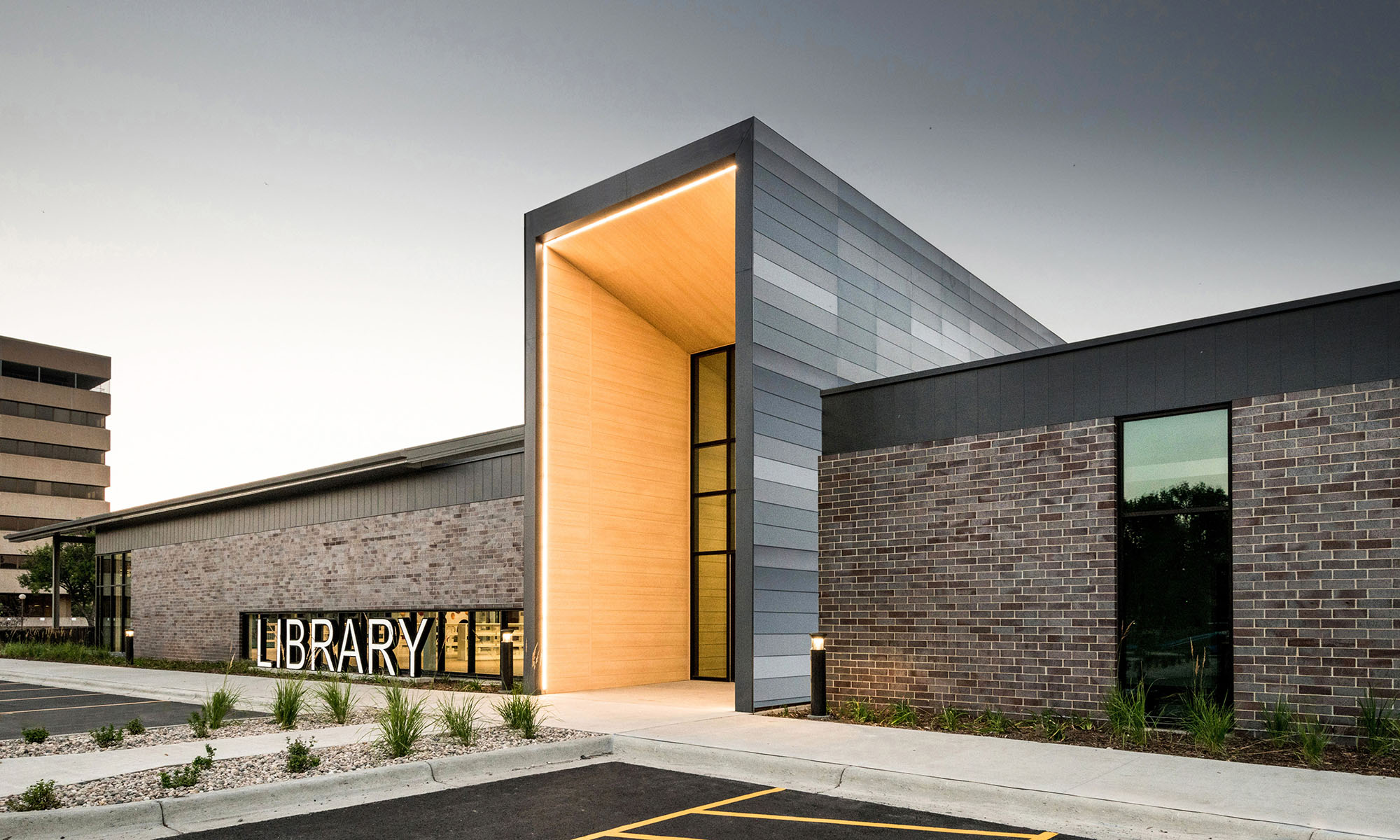Even though the groundhog suggests Spring will com earlier this year, I’ve found myself struggling with a lack of motivation lately; in part, because of the season. In South Dakota, we’ve grown accustomed to bearing cold dark winters and short days. It’s not just you: twenty percent of Americans experience either the winter blues or Seasonal Affective Disorder (SAD)1. That being said, we are not forced to submit to the elements and anxiously await warmer temps and brighter days to come. There are strategies to combat SAD, and we can incorporate technologies into the spaces we retreat to in the winter.
Incorporate Natural Light
Physically, our bodies need natural light. We receive essential vitamins via the suns rays, and chemicals in our bodies respond to sunlight as well. Not to get too technical, but when light hits your eyes, melatonin (a chemical that makes you sleepy) breaks down in the blood and its secretion is halted. This can reduce fatigue, a key player in feeling depressed2. Not to mention maintaining a sense of time. Have you ever lost track of time on a cloudy day? Psychologically, the sun cues our brain to register the passing of time. This can contribute to a lethargic feeling. Like telling yourself you’ll do the dishes after this Netflix episode only to realize that it is now evening and you’ve wasted the better part of a day. Designers can include features into spaces whether it is skylights, windows, or light wells to provide our bodies access to the natural light it needs.
Imitate Natural Light
Natural light isn’t always available to be incorporated in designs, but its impact is still important. There are ways to imitate the sun with technology. We can trick our minds with lighting that mimics the circadian rhythm and reap the same benefits mentioned in the paragraph above. There are lamps that are proven to improve mood and stimulate thought. Lamps range in price and have different features. Click on the link for a list of products Best Light Therapy Lamps. Last month, JTH Lighting Alliance3 demonstrated products that mimic day lighting in Sioux Falls at the Washington Pavilion.
Integrate WELL Building Standards
The WELL Building Standard TM was developed to promote designing buildings with the health of its occupants in mind. The standard is divided into 7 different categories: Air, Water, Nourishment, Light, Fitness, Comfort, and Mind. The International WELL Building Institute TM is leading the global movement to transform our buildings and communities in ways that help people thrive according to their website.4 Designers can use the standards as a guideline for creating spaces that promote health and well-being. In theory, healthy buildings increase the health of the people that live, work, and play in them.
In Summary
We live in a climate that has seasons that can influence our mood. Keeping this in mind, designers can plan spaces that boost moral. By employing strategies and innovative technology when designing spaces, we can combat the effects of winter weather and contribute to lifting spirits. It may be subconscious, but SAD is something that should be acknowledged and addressed architecturally.
- https://convene.com/catalyst/office-winter-blues/
- https://www.corbettinc.com/all-blog-posts/2017/11/13/our-top-2-ways-to-beat-the-winter-blues-stay-active-during-cold-weather
- https://www.jthlighting.com/
- https://www.wellcertified.com/about-iwbi/

Since graduating from Kansas State in 2012, Liz has gained experience from a variety of fields within the building industry. From drafting at a metal building manufacturer to working at architecture firms to assisting a real estate broker/developer, she has always had a passion for influencing the built environment. As a designer at Schemmer, Liz enjoys learning new things and refining her skills with help from other licensed professionals. She is pursuing an architectural license and hopes to continue to shape the spaces and places around her in a positive way.

